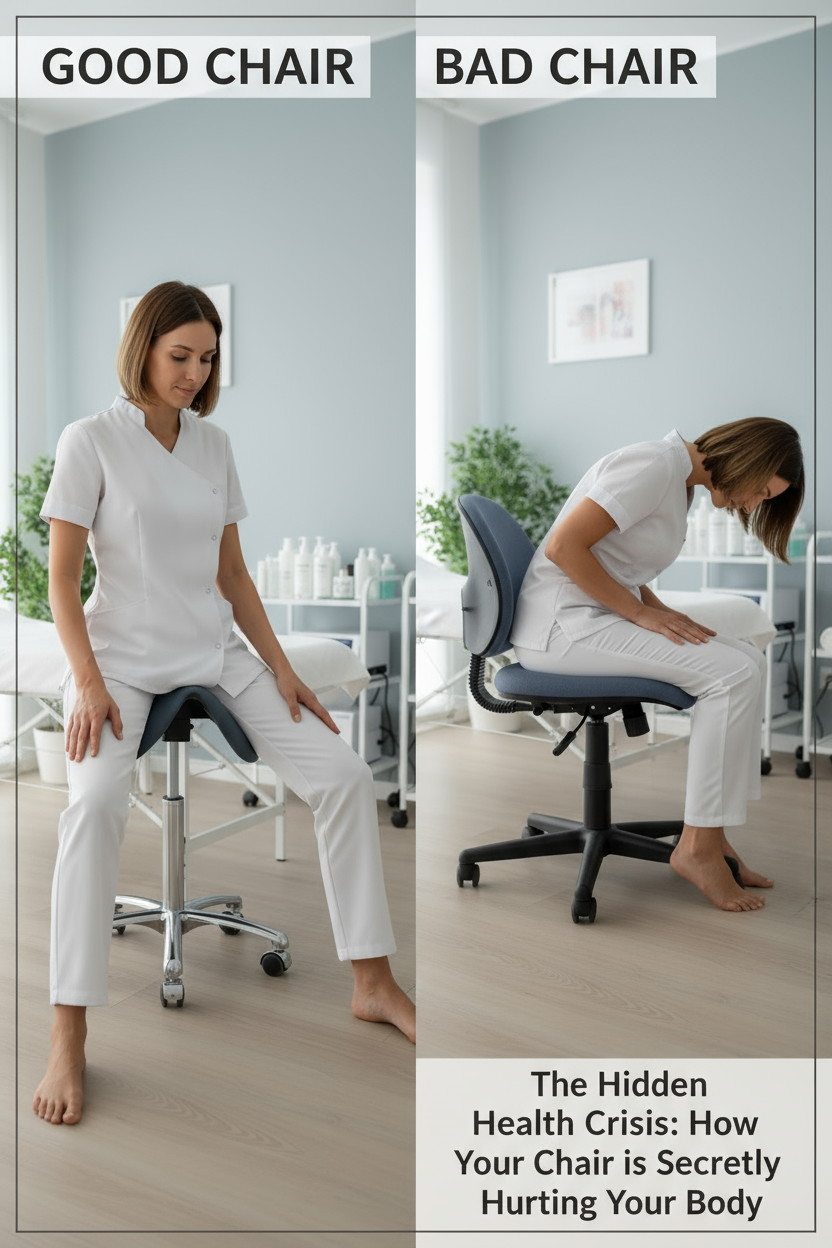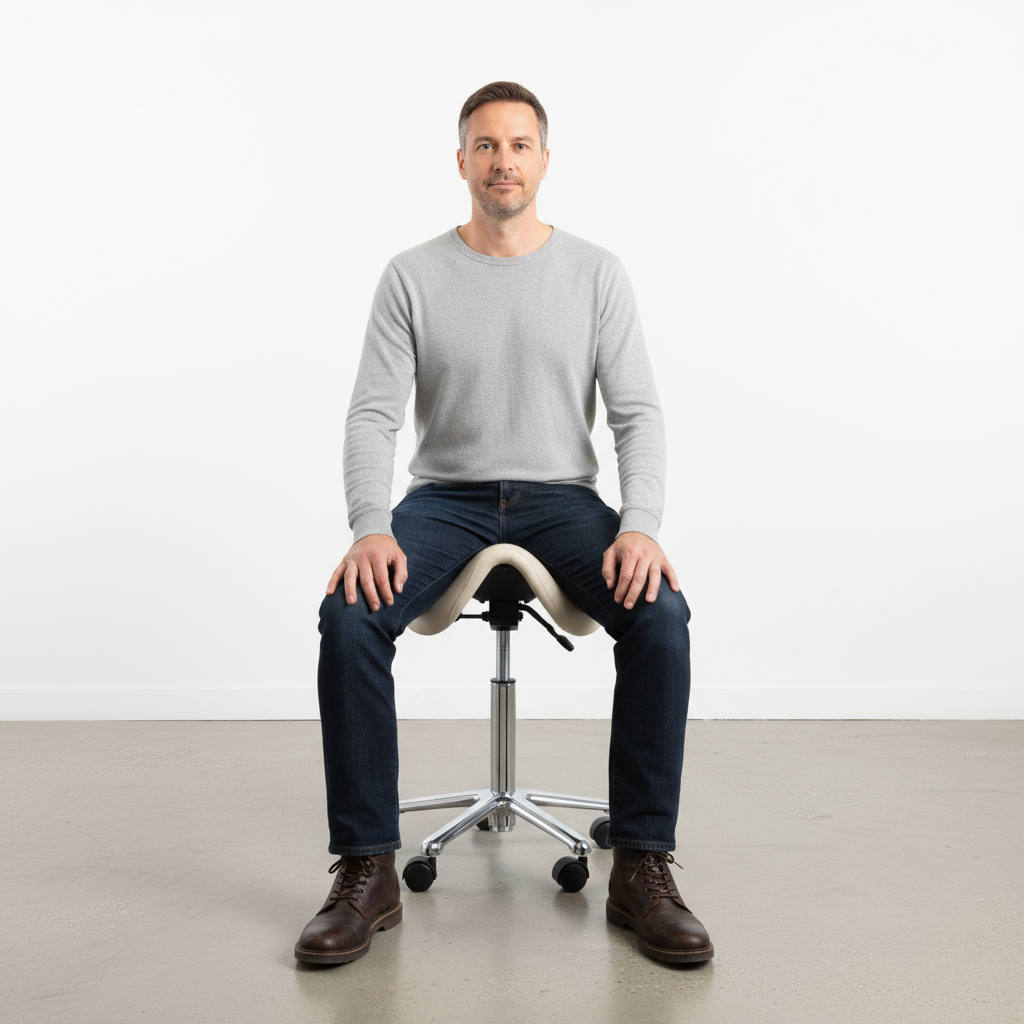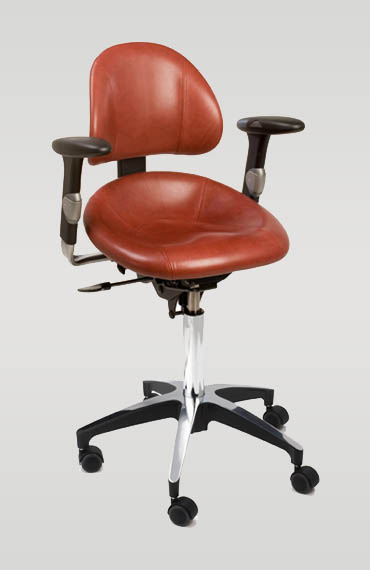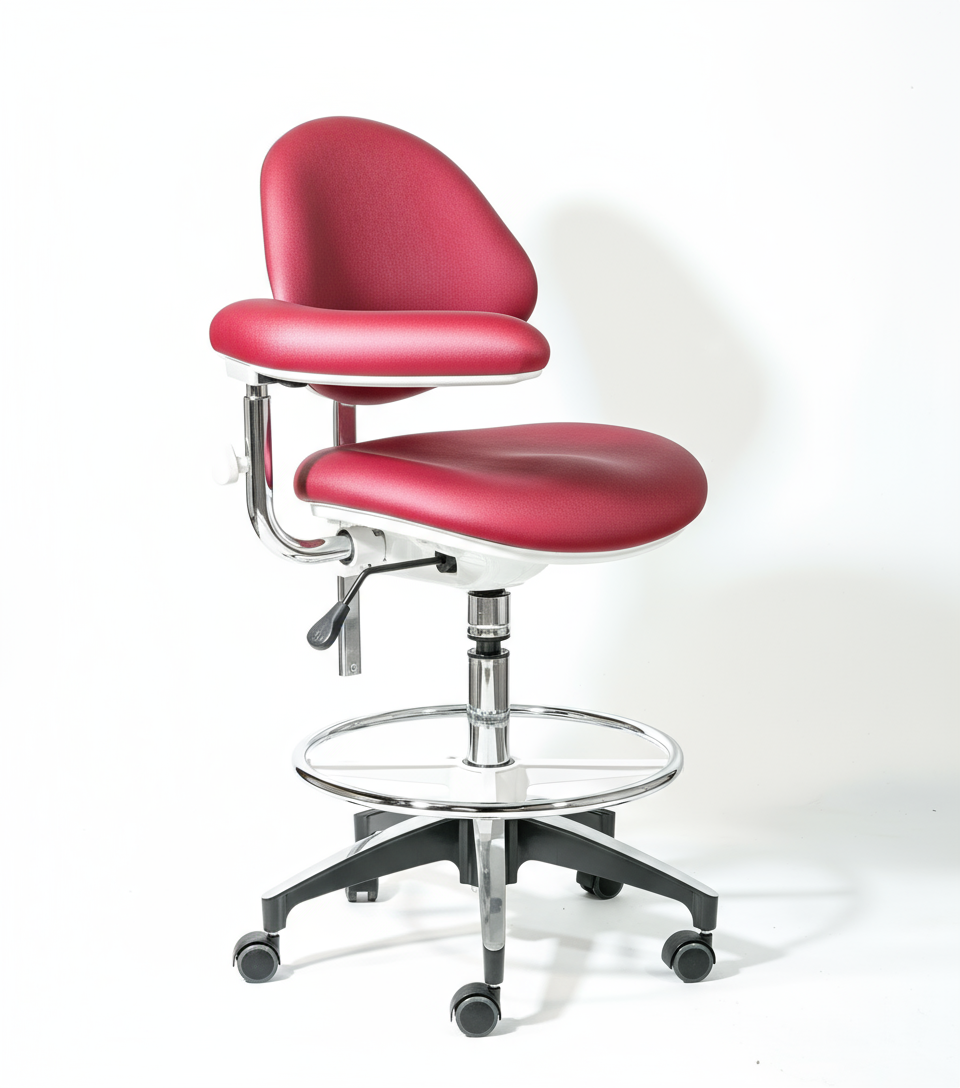Share
The Hidden Health Crisis: How Your Chair is Secretly Hurting Your Body
The uncomfortable truth about comfortable seating
Warning: If you're sitting in a traditional office chair right now, you're participating in what researchers are calling a "public health crisis." Your seemingly comfortable seat is silently wreaking havoc on your muscles, joints, and overall wellbeing in ways you never imagined.
Every day, millions of people settle into their office chairs, thinking they're treating their bodies well with "ergonomic support" and cushioned comfort. But here's the shocking reality: your chair isn't supporting you—it's slowly destroying you.
The human body wasn't designed for the passive, sunken posture that traditional office chairs encourage. What feels comfortable in the moment is actually triggering a cascade of physiological problems that manifest as chronic pain, reduced mobility, and serious health complications down the road.
The Anatomy of Chair-Induced Damage
To understand how your chair is hurting you, we need to look at what happens to your body when you sink into that padded seat:
Hip Flexor Shortening: The Silent Saboteur
When you sit in a traditional chair, your hips are bent at approximately 90 degrees for hours at a time. This position gradually shortens your hip flexor muscles, creating a condition that physical therapists see epidemic levels of today. These shortened muscles pull on your lower back, creating the chronic hip pain and lower back discomfort that seems to come from nowhere.
Core Muscle Atrophy: Your Internal Support System Shuts Down
Traditional office chairs with back support actually disable your core muscles. When an external backrest supports your spine, your deep abdominal and back muscles essentially "turn off." Over time, these crucial stabilizing muscles weaken dramatically, leaving your spine vulnerable and creating the need for even more external support—a vicious cycle that leads to chronic posture problems and back pain.
"Dead Butt Syndrome": It's More Serious Than It Sounds
Gluteal amnesia, colloquially known as "dead butt syndrome," occurs when your glute muscles literally forget how to function properly due to prolonged sitting. These powerful muscles are supposed to stabilize your pelvis and support your lower back. When they're inactive for hours daily, your body compensates by overworking smaller, weaker muscles, leading to pain, instability, and increased injury risk.
The Numbers Don't Lie: A Health Crisis in Plain Sight
The statistics surrounding sitting-related health problems are staggering:
- 86% of full-time workers spend their entire day sitting, according to the American Heart Association
- Lower back pain is now the leading cause of disability worldwide, with office workers experiencing rates 40% higher than the general population
- Hip flexor tightness affects over 75% of desk workers, contributing to a cascade of postural problems
- The average person sits for 10+ hours daily, despite growing evidence that prolonged sitting is as harmful as smoking
- Healthcare costs related to musculoskeletal disorders in office workers exceed $45 billion annually in the US alone
Dr. James Levine from the Mayo Clinic puts it bluntly: "Sitting is the new smoking." But unlike smoking, most people don't realize they're slowly damaging their health every time they settle into their office chair.
The Metabolic Consequences You Can't See
The damage goes far beyond muscle and joint problems. Prolonged sitting in traditional chairs triggers a range of metabolic changes that affect your entire body:
Circulation Shutdown
When you sit with your thighs parallel to the floor (as traditional chairs encourage), you compress major blood vessels. This reduces circulation, leading to swelling, varicose veins, and increased risk of blood clots. Your legs quite literally begin to "fall asleep" on a cellular level.
Digestive Disruption
The compressed posture of traditional sitting slows digestion and can contribute to everything from acid reflux to constipation. When your torso is compressed, your organs don't have the space they need to function optimally.
Why "Ergonomic" Office Chairs Miss the Mark
The office chair industry has responded to growing awareness of sitting-related health problems by creating increasingly complex "ergonomic" chairs with multiple adjustments, lumbar support systems, and premium cushioning. However, these solutions address symptoms rather than the root cause.
The fundamental problem isn't that chairs need better support—it's that passive sitting itself is harmful to human physiology. Adding more cushioning and back support actually enables more prolonged sitting, potentially making the underlying problems worse.
Think about it: We're the first generation in human history to spend the majority of our waking hours in a seated position. Our bodies are designed for movement, not passive support. The solution isn't better chairs—it's active seating that works with our natural physiology instead of against it.
The Revolutionary Alternative: Active Sitting Solutions
Forward-thinking health professionals and workplace wellness experts are embracing a radically different approach: active sitting. Instead of providing passive support, active seating solutions encourage natural movement and muscle engagement.
Saddle chairs, originally designed for dental professionals who needed to maintain optimal posture during precise procedures, represent the gold standard of active seating. By positioning the pelvis in a more natural, slightly forward-tilted position, saddle chairs:
- Maintain the natural curves of the spine without external support
- Keep hip flexors in a lengthened position, preventing tightness and associated hip pain
- Engage core muscles continuously, strengthening your natural support system
- Improve circulation by opening the hip angle and reducing leg compression
- Encourage frequent position changes and micro-movements
Making the Switch: Your Body Will Thank You
The transition from traditional office chairs to active seating isn't always immediately comfortable—and that's actually a good sign. The mild muscle fatigue you might initially experience indicates that dormant muscles are reawakening and beginning to do their job again.
What to Expect in Your First Weeks:
- Initial core muscle engagement (this improves rapidly)
- Increased awareness of your posture throughout the day
- Gradual reduction in hip flexor tightness
- Improved energy levels as circulation enhances
- Better focus and mental clarity from active posture
The key is starting gradually—even replacing your traditional chair for just an hour or two daily can begin to reverse years of chair-induced damage.
The Time to Act is Now
Your chair's hidden health impacts compound daily. Every hour you spend in passive, supported sitting is another hour of muscle weakening, postural deterioration, and metabolic disruption. But the good news? Your body is remarkably adaptable. The same plasticity that allowed these problems to develop can also reverse them—if you give your body what it needs.
The hidden health crisis is real, but so is the solution. Your body deserves better than a chair that's slowly breaking it down. It deserves seating that builds it up, engages it naturally, and supports your health for decades to come.
The question isn't whether you can afford to switch to healthier seating—it's whether you can afford not to. Your future self, free from chronic pain and postural problems, will thank you for making this choice today.




